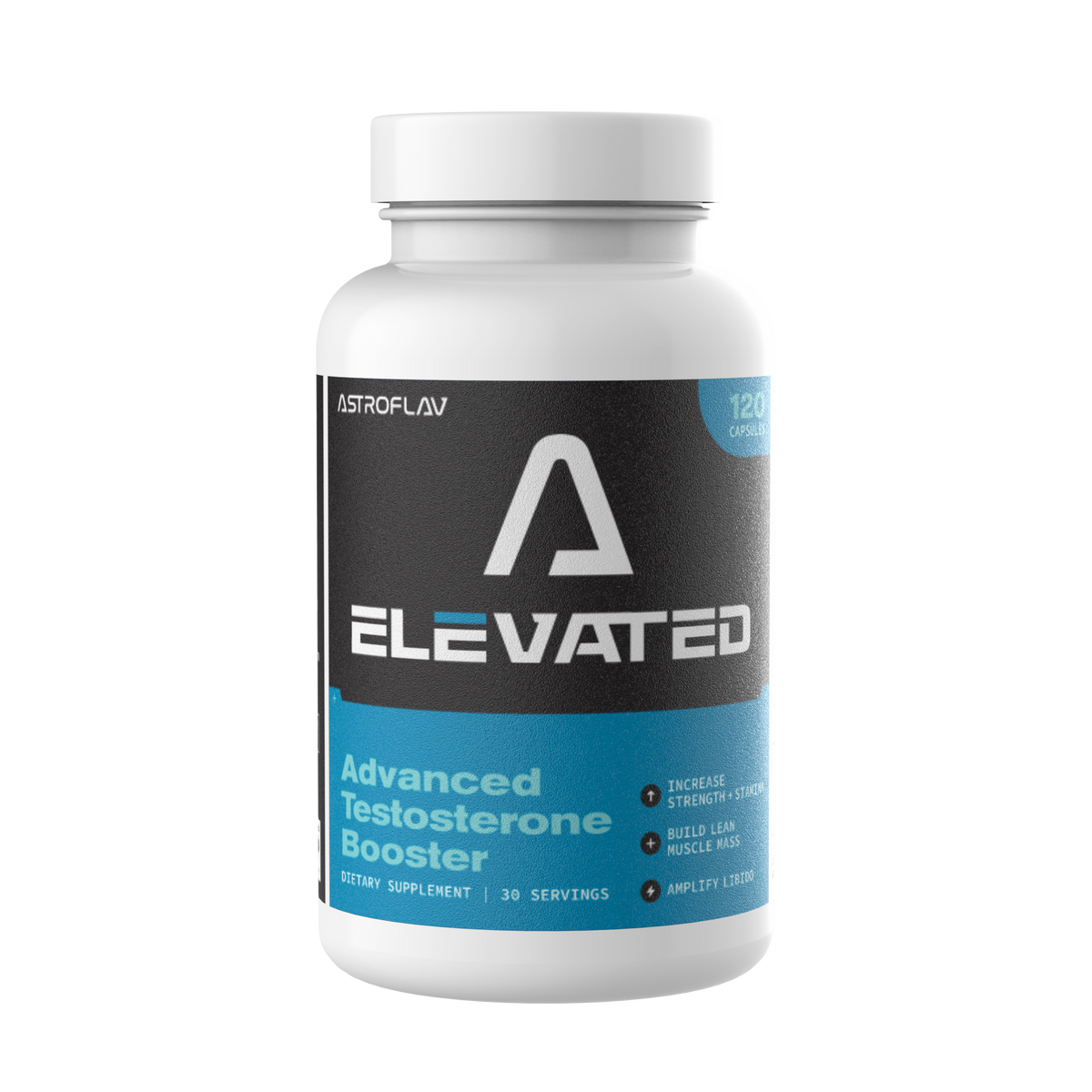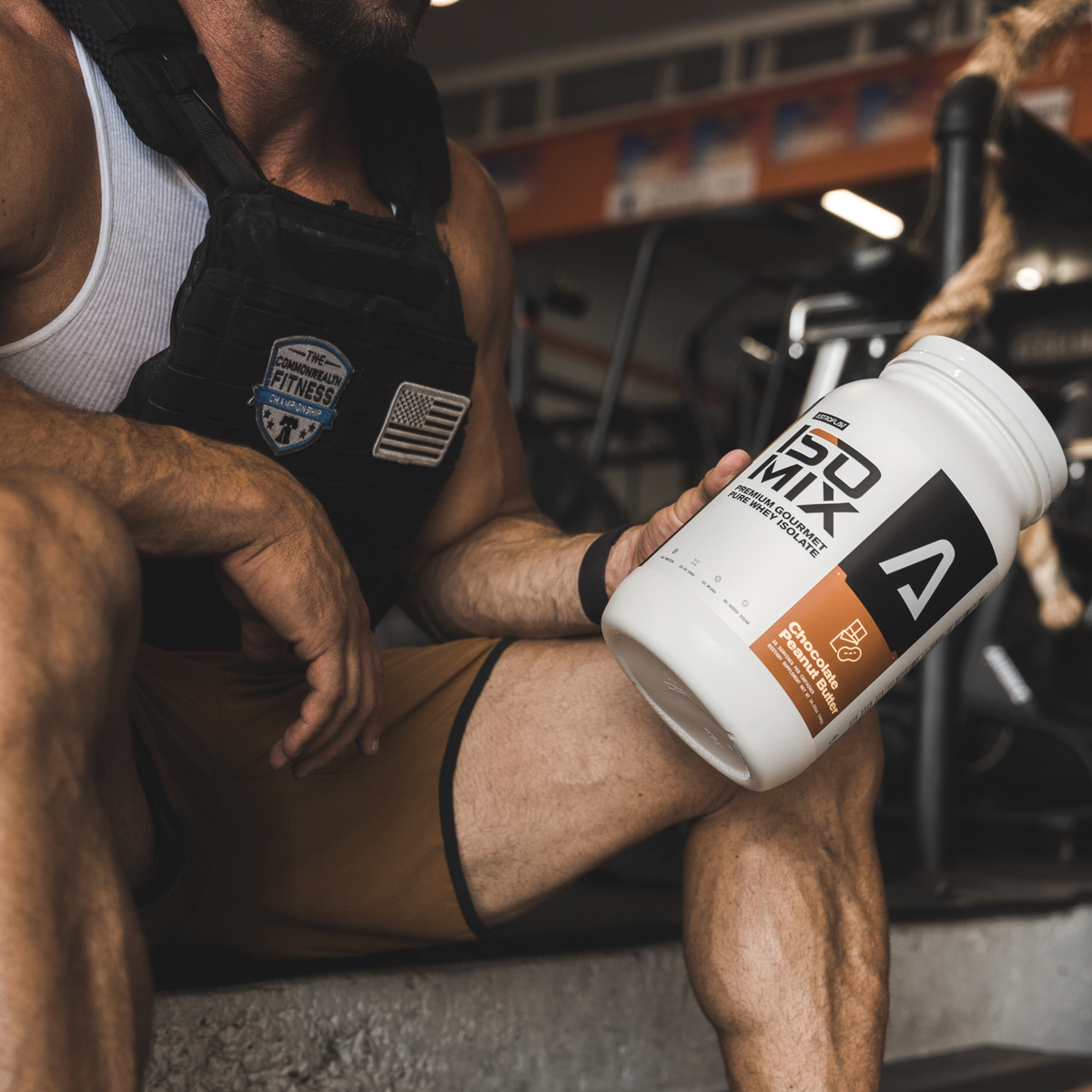Managing Joint Pain
Joints form the connections between your bones, thereby providing skeletal support and helping you to move. If your joints become damaged by disease or injury, your ability to move can become challenging and painful. If you have experienced joint pain, know that you are not alone, as it is a very common side effect of aging. Keep reading to discover the best ways to manage your joint pain and obtain relief.
Common Causes of Joint Pain
While there are many possible causes of joint pain, these tend to be the most common:
- Osteoarthritis, also known as a “wear and tear” disease, is the most common type of arthritis and can cause joint pain.
- Rheumatoid arthritis is an autoimmune disorder that causes joint pain as a result of your body attacking its own tissues.
- Joint pain can also be caused by bursitis, which is the inflammation of sacs of fluid that help to cushion your joints.
- Gout is a form of arthritis that most often affects your big toe joint and can cause joint pain.
- Strains, sprains, over-exertion and other injuries can also lead to joint pain.
Options for Treatment
Over the counter NSAID medications or a prescribed medication by a doctor can help to reduce pain and swelling. Doctors may also try using injections such as steroids, plasma therapy, or prolotherapy, or may prescribe topical agents such as capsaicin or arthritis cream.
Physical therapy is also an option for joint pain treatment that is extremely effective at managing pain and improving mobility. Physical therapists can help to strengthen the muscles around the joint, stabilize the joint, and expand the joint's range of motion.
Home Care
For mild to moderate cases of short-term joint pain, you can take action to relieve your pain with a few simple techniques at home, such as:
- Protecting the joint with a brace or wrap.
- Resting the joint and avoiding any activities that cause you pain.
- Icing the joint for about 15 minutes, several times each day.
- Compressing the joint by using an elastic wrap.
- Elevating the joint above the level of your heart.
- Engaging in frequent light exercise to strengthen the muscles around the joint to reduce joint pain.
- Taking over-the-counter anti-inflammatory medications such as Advil (ibuprofen) and Aleve (naproxen) to provide relief and decrease swelling of joints.
- Applying topical treatments such as Biofreeze or Voltaren to provide relief.
- Practicing temperature therapy to reduce inflammation in swollen joints. Use cool treatments for swollen joints and heat for sore muscles.
If home treatments do not seem to be working for you, make sure to speak with your doctor to find the best way to manage your pain.
Let jenniferjames@astroflav.com know how you overcome joint pain to be featured in our Facebook community!
Join our family for new videos, discount codes, and more!








